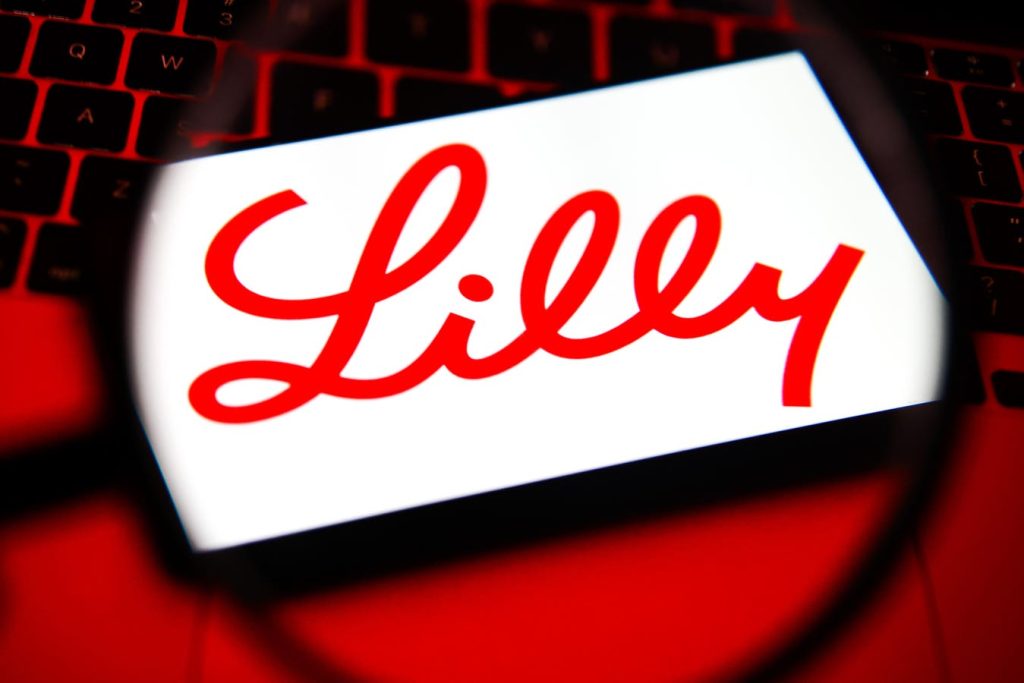Eli Lilly stock (NYSE: LLY) has experienced a remarkable surge of 400% from early 2021 to now, reaching around $840. This substantial increase has outperformed some of its competitors, such as Pfizer (PFE) and Johnson & Johnson (JNJ), with Pfizer seeing a 15% decline and Johnson & Johnson seeing no gains over the same period. This rise can be attributed to a 273% increase in the company’s P/S ratio, a 39% jump in revenue, and a 5% increase in total shares outstanding. Eli Lilly’s consistent outperformance is detailed in the Why Eli Lilly Stock Moved dashboard.
Over the last three years, LLY stock has consistently outperformed the broader market, with returns of 64% in 2021, 32% in 2022, and 59% in 2023. This is in stark contrast to the S&P 500, which saw returns of 27% in 2021, -19% in 2022, and 24% in 2023. Beating the S&P 500 consistently has been challenging for individual stocks, including other heavyweights in the Health Care sector and megacap stars like Google, Tesla, and Microsoft. In contrast, the Trefis High Quality (HQ) Portfolio, consisting of 30 stocks, has outperformed the S&P 500 each year over the same period, offering better returns with less risk.
With the current uncertain macroeconomic environment and high-interest rates, the question arises whether Eli Lilly’s bull run can continue. While LLY stock appears to have priced in most positives from a valuation perspective, further positive developments around its pipeline and strong sales of its diabetes and obesity drugs could drive the stock to even higher levels. Analysts’ average price estimate for Eli Lilly is $860, suggesting that the stock is appropriately priced at the moment.
Eli Lilly’s revenues have surged by 39% from 2020 to 2023, reaching $34 billion. This growth can be attributed to market share gains for key drugs like Mounjaro, Verzenio, and Zyprexa. The company’s diabetes drug, Mounjaro, and obesity drug, Zepbound, are expected to experience significant growth in the coming years, with peak sales estimated at $50 billion. To meet demand for Zepbound, Eli Lilly plans to invest $9 billion in a new manufacturing facility. The obesity drugs market is projected to reach over $100 billion by 2030, with Eli Lilly and Novo Nordisk being the dominant players.
Investors have shown confidence in LLY stock due to its promising pipeline potential, particularly in the obesity drugs segment. The recent increase in Eli Lilly’s P/S ratio is based on its future growth potential. The company is poised for strong sales growth in the future, driven by market share gains and anticipated regulatory approvals. Despite most positives being already factored into the stock price, continued upward trend is anticipated. Any dips in LLY stock should be seen as an opportunity for long-term gains. For further comparison with peer companies, valuable insights can be gained from Peer Comparisons analysis.
Investing in Trefis Market-Beating Portfolios can provide a comprehensive view of market trends and opportunities. Visit Trefis for more price estimates and insights on various industries and companies.













